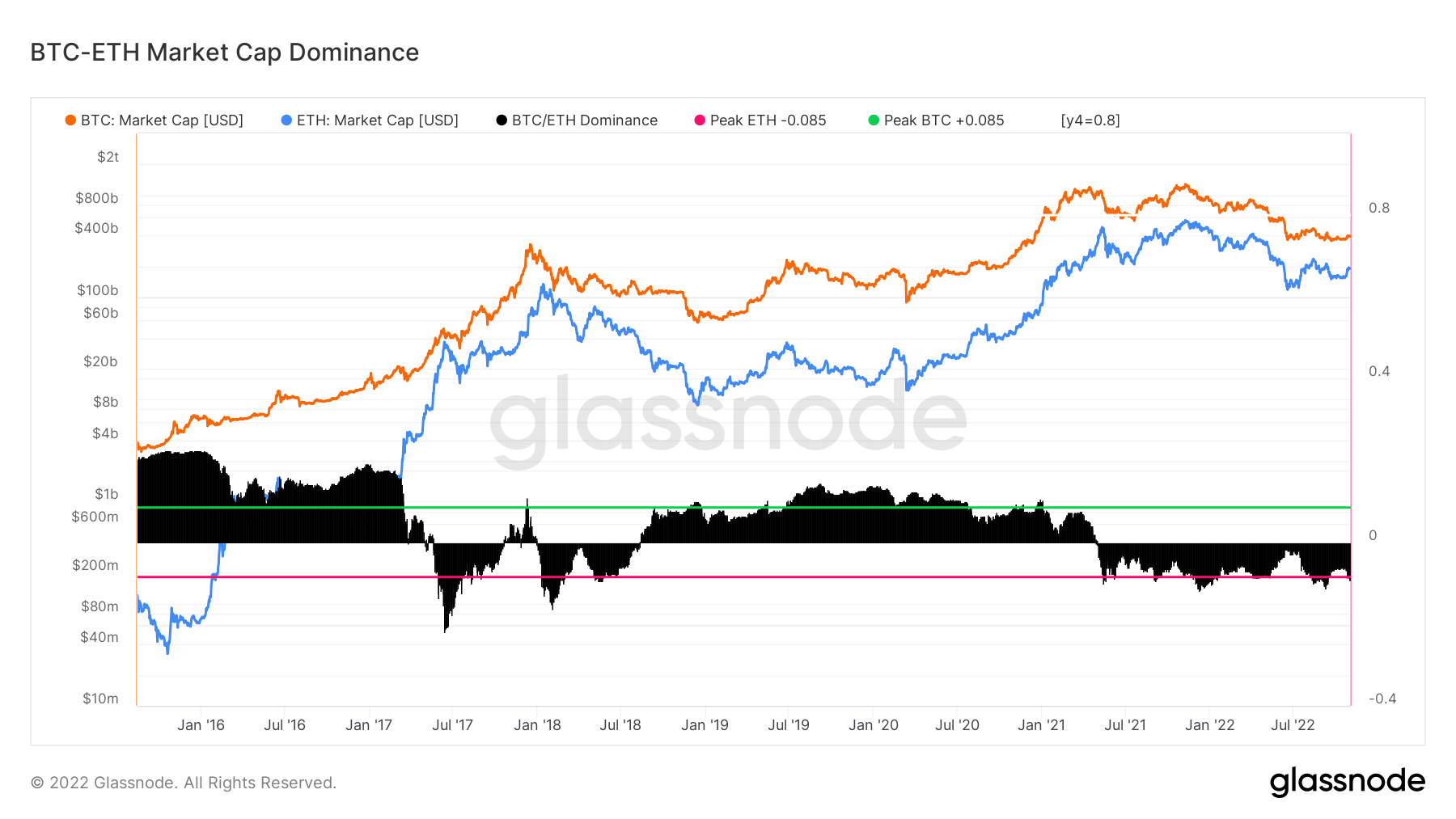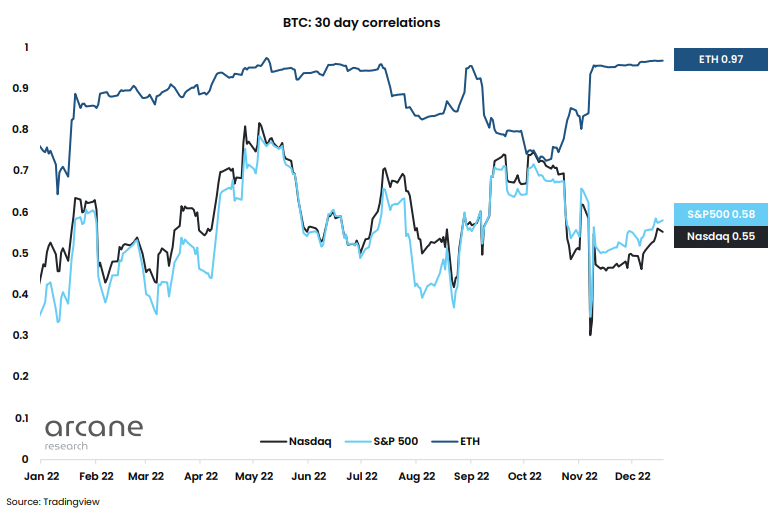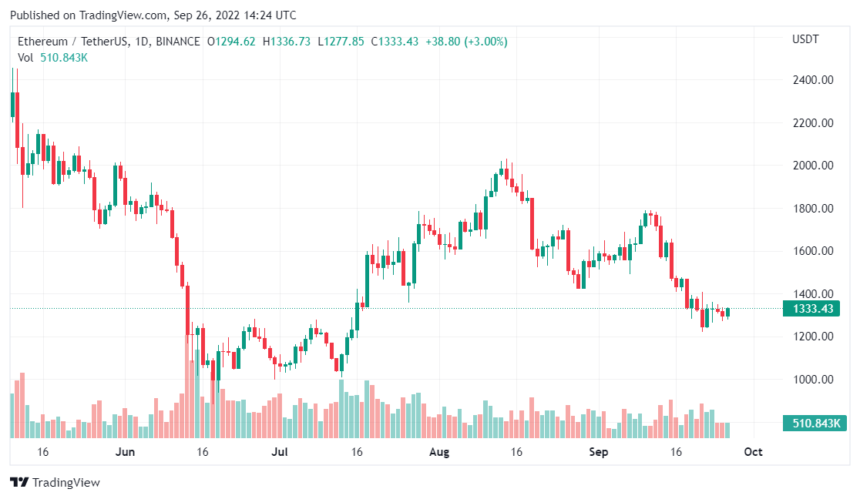Ethereum has seen its deflationary status once again in the limelight as the network continues to see a significant decline in the number of ETH tokens in circulation. This comes on the back of the belief that the bull run and some other factors could help uphold this trend.
More ETH Goes Out Of Circulation
According to data from Ultrasound Money, Ethereum has seen a decrease in its circulating supply in the last seven days, with over 14,160 ETH going out of circulation. This is a result of over 30,700 being burned during this period while only just over 16,500 ETH have been issued during this same timeframe.
This development continues a growing trend where the number of tokens being burned outpaces the number of tokens being issued. NewsBTC had reported earlier this month how over 106,000 ETH had been burned in the last 30 days (between November 4 and December 4). At the same time, only just over 70,000 ETH had been issued.
This deflationary trend has been attributed to the increasing number of validators exiting the Ethereum ecosystem. This trend is said to have begun at the start of October. Glassnode noted that the average number of validators exiting per day surged from 309 to 1018 validators per day at the start of October.
This isn’t the only contributing factor, as network activity on Ethereum has picked up significantly. According to data from Etherscan, the daily number of transactions on the network has stood over a million in the last seven days. This has caused a spike in gas fees, causing more ETH to be burned with the EIP-1559 protocol.
Ethereum Deflationary Trend Expected To Continue
It is no coincidence that network activity on Ethereum has picked up as many continue to position themselves ahead of the imminent bull run, which is projected to kickstart in 2024. The recent surge in the trading volume of non-fungible tokens (NFTs) on Ethereum has also been a big factor. This is expected to continue once the bull market takes its full course.
Another factor to consider is the fact that more liquidity is expected to flow into the Ethereum ecosystem if the pending Ethereum Spot ETFs applications get approved. This would likely spark a further increase in the trading activity on the network as many will look to invest in the second-largest cryptocurrency by market cap.
ETH investors will undoubtedly be delighted at the fact that the future trajectory of ETH looks bullish. One can expect the crypto token’s value to rise as it continues to maintain this deflationary status. The less ETH in circulation, the more valuable it likely will be.
At the time of writing, Ethereum is trading at around $2,270, up by over 4% in the last 24 hours, according to data from CoinMarketCap.
















